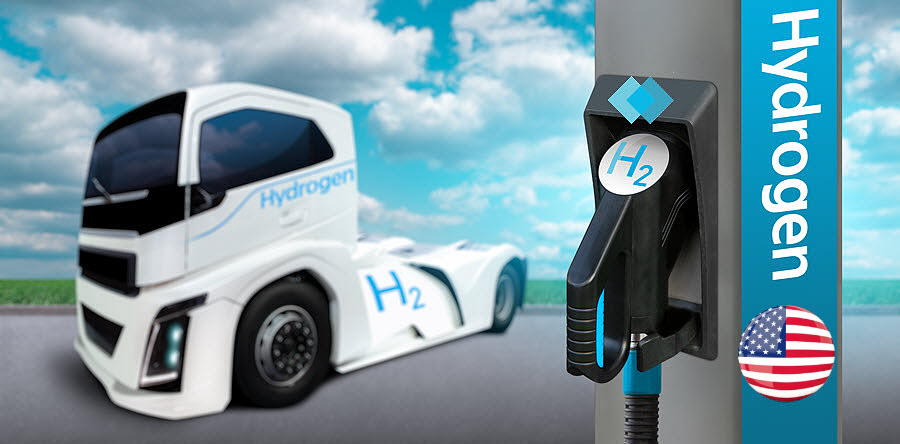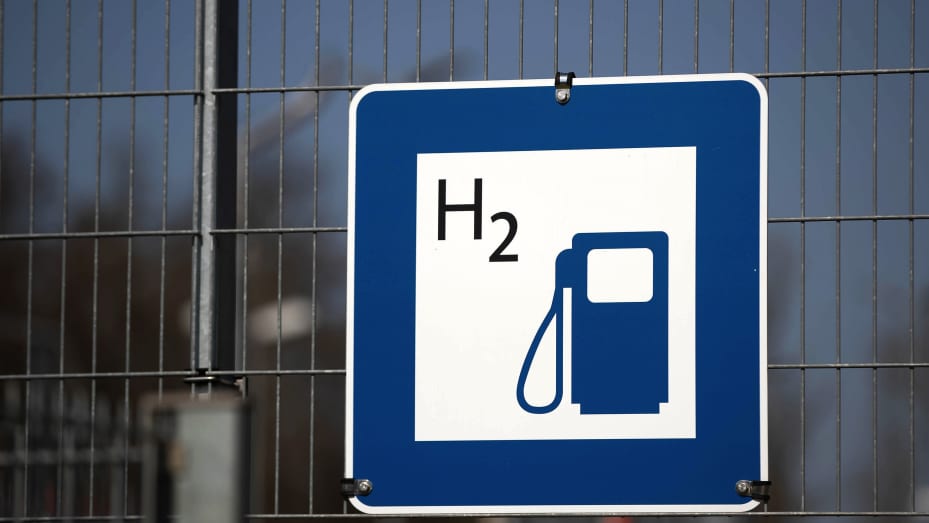Navigating the Complexity of Hydrogen Policy
Striking a Balance for Sustainable Growth
According to published article of whtc, The Treasury’s proposed guidelines for the 45V tax credit underscore the intricate challenges inherent in fostering a sustainable hydrogen economy. Dorothy Davidson’s plea to allow a portion of power to be sourced from existing zero-carbon sources like nuclear reflects the pragmatic need to leverage existing infrastructure while transitioning to cleaner energy sources. However balancing such concessions with the imperative to spur innovation and drive down emissions remains a complex task. As policymakers deliberate on the final framework finding a middle ground that incentivizes investment in hydrogen projects while ensuring genuine environmental benefits will be paramount.

Fueling Growth: Hydrogen Industry Calls for Streamlined US Tax Credits(PHOTO: Fuel Cell Works)
Forging Consensus for Hydrogen’s Future
The divergent perspectives presented at the hearings highlight the need for a cohesive national strategy to guide hydrogen development. While industry stakeholders seek regulatory flexibility to facilitate project viability environmental advocates stress the importance of stringent standards to mitigate potential unintended consequences. As the Biden Administration aims to position hydrogen as a key player in its climate agenda reconciling these contrasting viewpoints will be crucial for fostering a vibrant and sustainable hydrogen ecosystem. Ultimately a collaborative approach that integrates industry insights environmental considerations and long-term policy objectives will be essential in realizing the full potential of hydrogen as a clean energy solution.
READ ALSO:Earned Income Tax Credit To Boost Your Finances – Check Your Eligibility!




![Tyson Foods Plant [Photo: Food Manufacturing]](https://southarkansassun.com/wp-content/uploads/2023/08/iStock_1185520857__1_.5e441daa51cca-600x337.jpg)








![Silverado Senior Living Management Inc. [Photo: Los Angeles Times]](https://southarkansassun.com/wp-content/uploads/2023/10/download-6-4-600x337.jpg)

![China's Wuhan Institute of Virology [Photo: Nature]](https://southarkansassun.com/wp-content/uploads/2023/09/d41586-021-01529-3_19239608-600x337.jpg)















